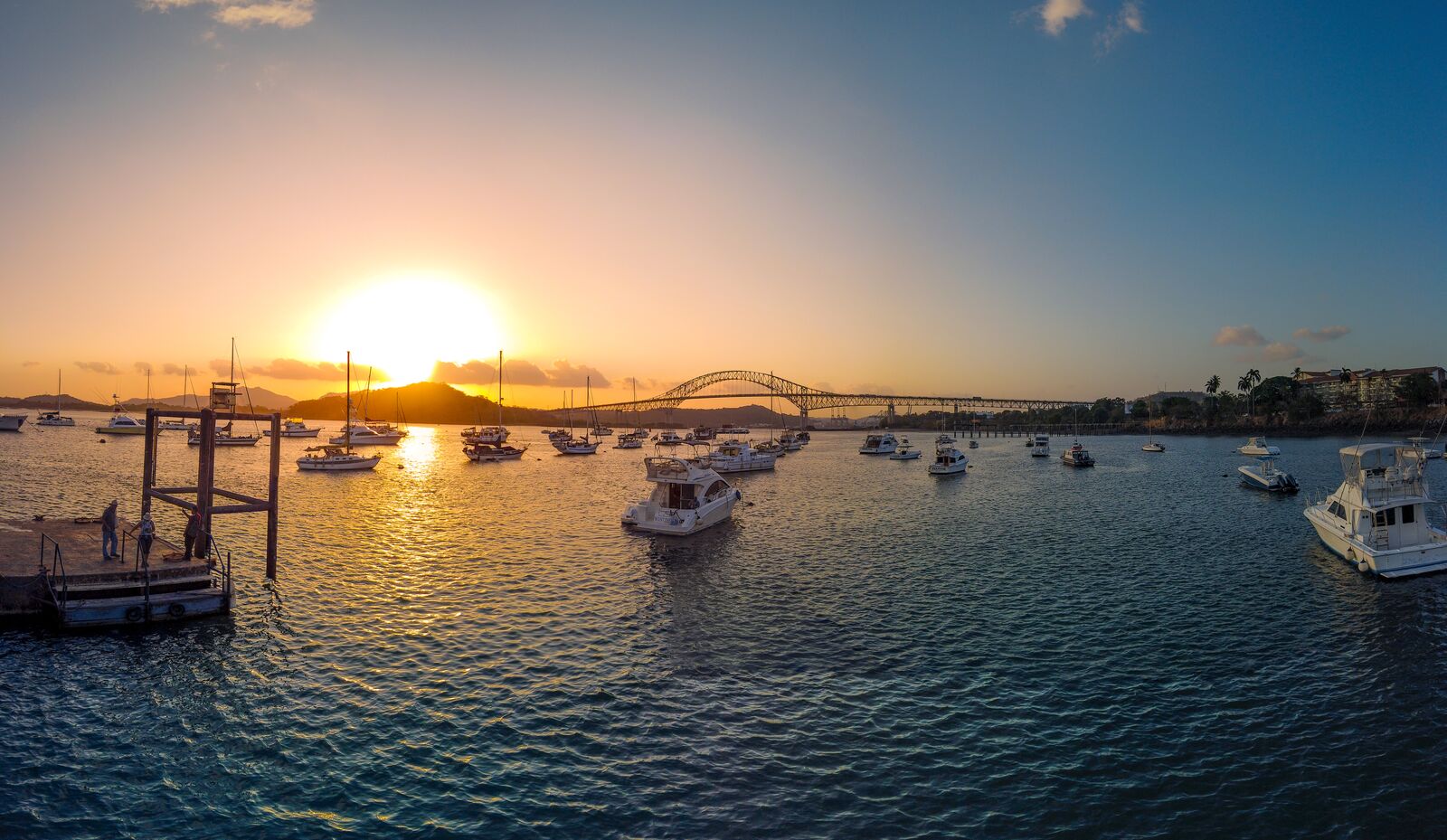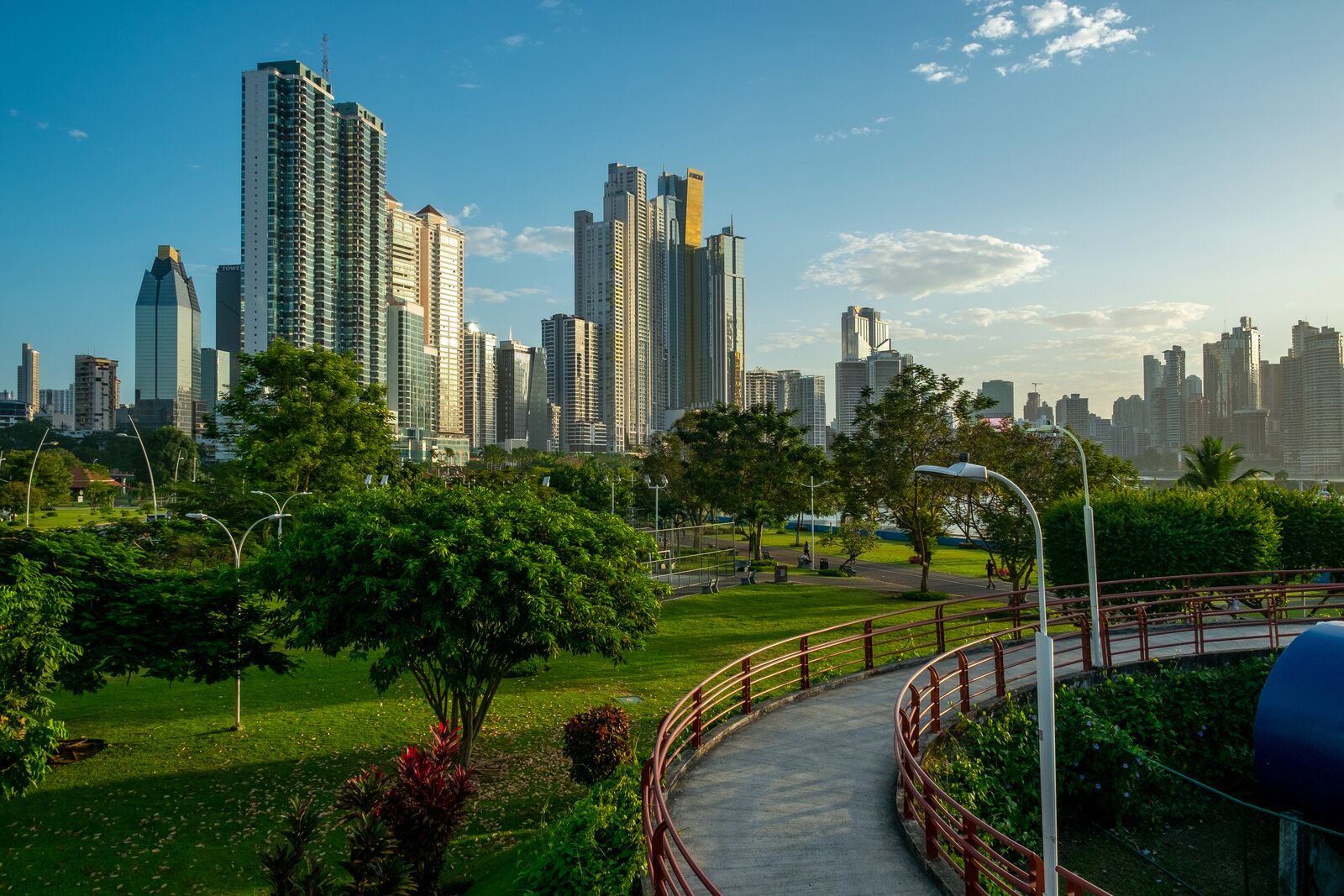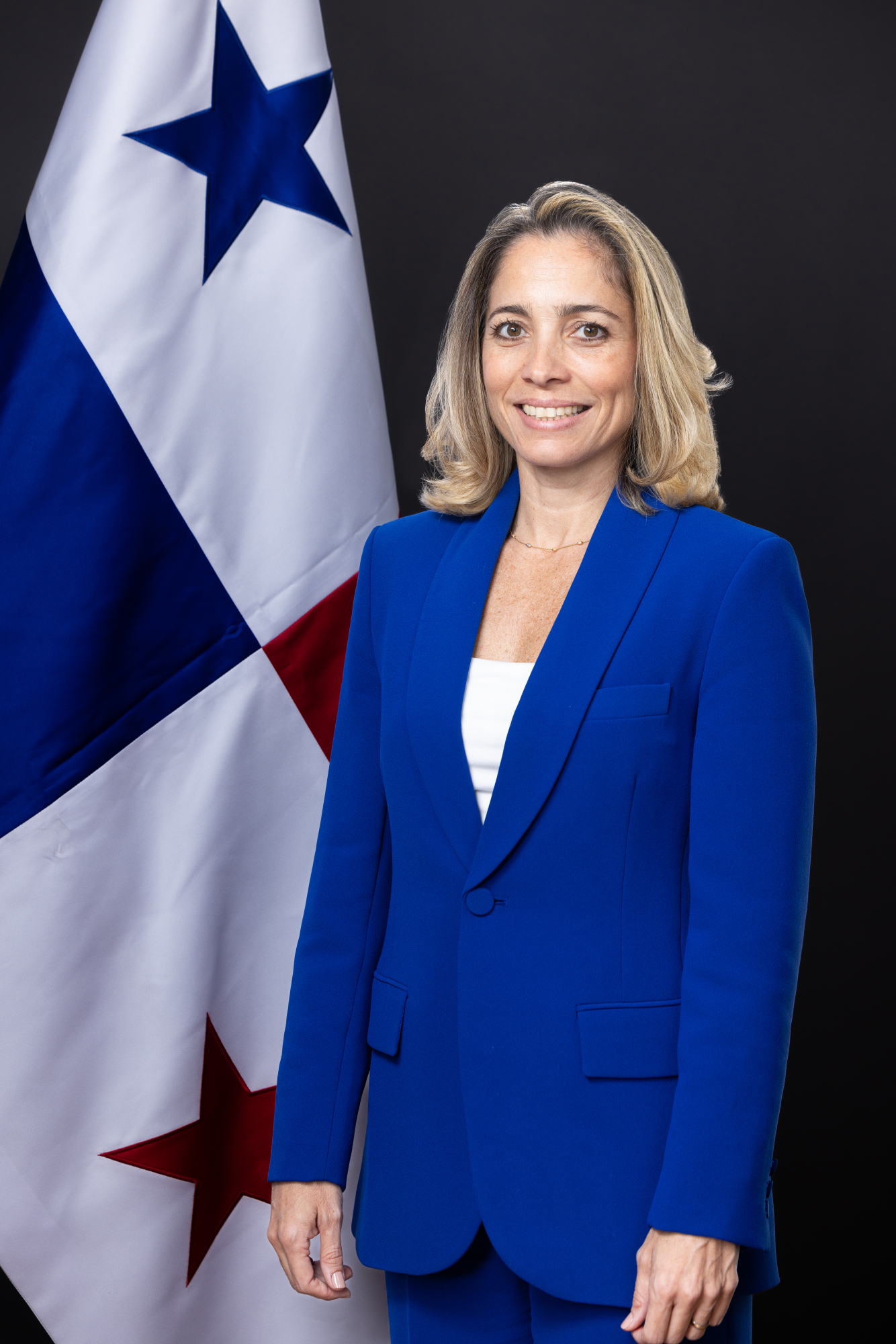Panama's strategy to attract more Colombian tourists: 'They are looking for unique experiences'

Next week, the 44th edition of the Anato Tourism Showcase will be held in Bogotá, from February 26 to 28 in Bogotá, at Corferias. The event is expected to have the participation of 1,200 exhibitors and more than 32 countries to present their tourism offerings and innovations in the sector.
The Panamanian delegation, headed by its Minister of Tourism, Gloria De León Zubieta, will be present at the fair at stand 2620 with the aim of strengthening commercial ties, promoting its offer in nature, shopping and business tourism and continuing to captivate the Colombian market. The latter is the second most important for the Central American country, followed by the United States.

Around 18 million people arrive at Panama City airport. Photo: Courtesy.
With a projection of 2.2 million visitors in 2025, Panama's presence at Anato 2025 represents a key opportunity to strengthen the flow of Colombian tourists and foster strategic alliances within the sector.
Currently, the passenger movement at Tocumen International Airport, located in Panama City, is about 18 million people . However, only 2.5 million enter the country, and of the total, 278,974 come from Colombia.
At the fair, the country will highlight its diverse tourist offer, which ranges from leisure, nature, business and shopping tourism to its first-class air connectivity.
On the other hand, Panama will present its advances in ecotourism; the reasons why it has established itself as a hub for events and conventions ; and its gastronomic offering to delight attendees.
As part of the strategy to improve the visitor experience, Panama is promoting the initiative called 'Tourist Insurance', a benefit that provides coverage for medical complications, offering greater peace of mind to those who choose the country as a destination . This measure will allow Colombian visitors to safely enjoy a nearby and accessible destination for shopping, business and adventure.

Panama will present its advances in ecotourism during the fair. Photo: Courtesy.
"Our participation in the Anato 2025 Tourism Showcase is an invaluable opportunity to show the world the richness and diversity that Panama offers as a tourist destination. From our paradisiacal beaches and lush jungles to our vibrant culture and exquisite cuisine, Panama is a country that has it all. We invite all attendees to visit us at booth 2620, where they will be able to experience firsthand the magic that our country offers ," said Minister Gloria De León Zubieta.
EL TIEMPO spoke with De León Zubieta about the new developments that the destination has for this edition of Anato, the challenges that the sector has faced and its relationship with Colombia as one of the main issuing countries.

Panama's Minister of Tourism, Gloria De Leon Zubieta. Photo: Courtesy.
For Anato 2025, we will present a renewed offer focused on the diversity of experiences we offer. We know that Colombians love to come to Panama to shop, but this time we want to promote beach destinations a little more, such as Bocas del Toro, San Blas, or the Pacific Riviera. In addition, we do not want to leave out the mountain area: Boquete. This year we will have a stand inspired by a shopping center, which will reflect the strength of our destination.
For many years, Panama City has been one of the main tourist destinations for Colombians. What strategies is the ministry implementing to promote other regions? We are diversifying our promotion by showcasing our beach and adventure destinations. We know that more and more travelers are looking for unique and different experiences and we have that in Panama. We are also very focused on digital strategies. Through these campaigns we can speak to those Colombians who are looking for more adventure and community and sustainable tourism. Digital marketing is definitely important. On the other hand, the approach through tour operators is very important because they are the ones who help us promote the destinations in Panama. Also part of our strategy is to strengthen and consolidate alliances with different airlines to expand routes and reach other destinations. This would facilitate the connection between international airports with the implementation of charter flights, for example, between Bogotá and Río Hato.
Copa Airlines is one of its greatest allies, having Panama City as its main hub. What does the country expect from air connectivity? Our relationship with Copa Airlines is 10 out of 10. That is our flagship airline, which also has great connectivity. But apart from Copa, we have Wingo with new routes between Medellin and Panama. We are also talking with other airlines to enable these charter flights and give travelers access to the Pacific Riviera. Colombia is currently a priority for us in terms of tourism because it is one of our main issuing markets.
Besides Colombia, what are the main issuing markets not only in Latin America but also worldwide? Our main source market is currently the United States, mainly due to air connectivity. More flights arrive from the United States to Panama than from anywhere else. Colombia is our second main source market. Because of this and because of the proximity, there is huge potential with Colombia. There are other important markets such as Costa Rica, Argentina, Germany, France and Canada. We are looking at other growth possibilities, for example, to bring in airlines from England. Every day there are new negotiations, new conversations.
One of the sectors that was most affected by the pandemic was tourism. What challenges does the country still face? In Panama, we have already surpassed pre-pandemic figures and that is good news. But there are always challenges such as regional competition. In the case of Colombia, we stopped talking to its market for many years, so Colombians stopped coming and started choosing other places. Another challenge has been to innovate in tourism experiences and sustainability to attract these conscious travelers, empowering indigenous communities so that they know that there is an opportunity there. In Panama, we have good infrastructure and connectivity, but it is something that can always be improved. Every day we have to present new offers. We are in a market where everyone invites people to visit them, so we face interesting challenges.
How is the relationship between Colombia and Panama currently in terms of tourism promotion? Colombia is currently one of our priority destinations: we are close, and connectivity is good. We know that, through digital campaigns and conversations with tour operators, there is a good future for Colombians to continue coming to the country.
How has Panama implemented sustainability not only in relation to caring for the environment, but also for indigenous communities and has it adapted to travel trends? In Panama we have more than 25 communities that we are strengthening to practice community tourism. This process takes time, but we have made a strong commitment to sustainability and responsible tourism. For example, we promote destinations with ecotourism and conservation, such as the Coiba National Park, and that is part of our communication strategy. We are also working hand in hand with the Ministry of the Environment, because Panama has many protected areas where these communities live. We believe that, through a good relationship and communication, we will be able to develop these destinations in a sustainable manner.
There is something very interesting about Panama and that is that over the years it has established itself as a preferred retirement destination. What do you think is happening? We have appeared on several lists as one of the important countries to retire to and I think it is because we have absolutely everything. We have good hospitals, good connectivity with the Americas, we are an accessible country, we have an ideal strategic position and we are a carbon negative country. There are only three countries in the world that are and Panama is one of them. And, in addition, we have one of the wonders of the world: the Panama Canal. These are just some of the attractions that attract the attention of these people who come to retire in the country.
What's next for Panama's tourism sector after Anato? We will continue visiting trade fairs and strengthening our relationship with tour operators and airlines. After Anato, we will go to the trade fair in Berlin and then to Brazil. We currently have a very strong promotion at congresses and conventions, so this is one of our priorities. Our promotion is: 'if your congress has more than 2,000 hotel nights, the space in the convention center is free'. Our idea is not only for them to come to the congresses, but for them to stay in Panama or come beforehand to take advantage of the tourist offer we have.
ANGIE RODRÍGUEZ - TRAVEL EDITORIAL - @ANGS0614
eltiempo






